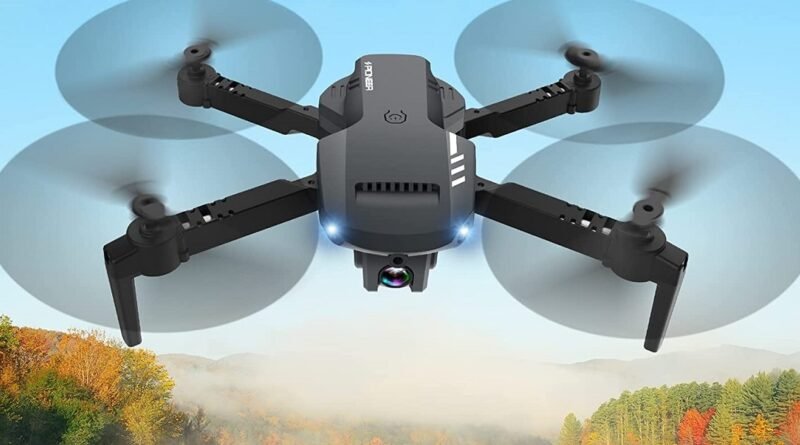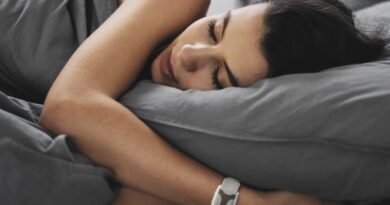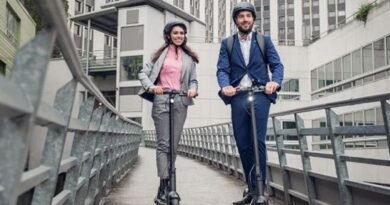Best drone deals: Save on DJI Air 2S, DJI FPV, DJI Mini 3
The popularity of drones have skyrocketed partly because of their practical applications, but mostly because these aerial devices are just plain cool. The overall prices of drones have dropped, but there are chances to get them for even cheaper by taking advantage of the price cuts that retailers have been rolling out. Drones are becoming more affordable due to these discounts, which means the offers don’t last long as more people have an eye out for these bargains. To help you out, we’ve gathered some of the best drone deals that you can buy right now, but you need to push through with your purchase as soon as possible because they may disappear at any moment.
Today’s best drone deals
- Radclo Mini Drone — $51, was $80
- DJI Mini 3 — $610, was $700
- DJI Air 2S — $849, was $999
- DJI FPV — $900, was $1,000
Radclo Mini Drone — $51, was $80
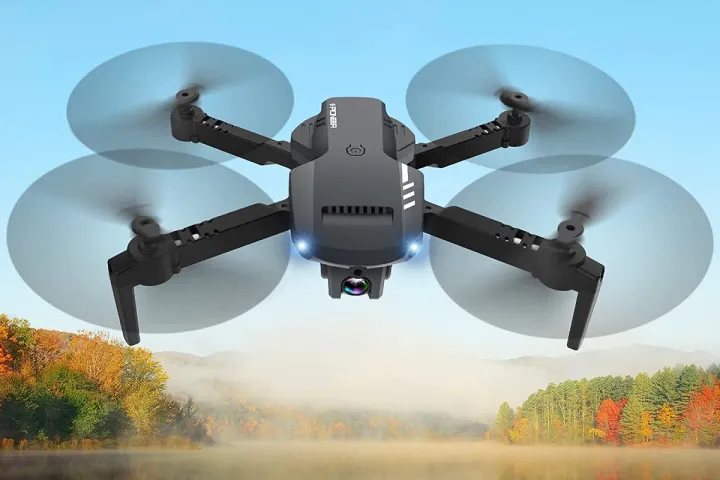
The Radclo Mini Drone is equipped with a 1080p manually adjustable lens that you can operate through its accompanying app. You can enjoy a real-time panoramic view through the drone’s camera, in addition to taking pictures and videos. The drone takes off and lands with the push of a button, and its Altitude Hold function will keep it at a certain height for easier control and for shooting higher-quality footage. It offers three speed modes, a 360-degree flip command, and Headless Mode that makes it even simpler to fly with its controller as you won’t have to think about the direction that the drone is facing. Inside the Radclo Mini Drone are a pair of 800 mAh batteries, which can keep it up in the air for up to 22 minutes, and once you’re done with it, the drone can conveniently fold into its carrying case.
DJI Mini 3 — $610, was $700

The DJI Mini 3 is a compact drone that weighs under 249 grams, so it’s easy to carry around with you wherever you go, but it can resist winds of up to 38 kph and stay steady so that you can line up the perfect shot. It’s capable of filming 4K HDR video, which will let you capture details both in highlights and in shadows, whether it’s day or night. DJI’s True Vertical Shooting feature will let you take videos of tall landmarks like waterfalls and buildings that you can use for social media apps with landscape orientations such as Instagram and TikTok, and its Panorama feature will allow you to shoot stunning photos of landscapes. The DJI Mini 3 offers a battery life of 38 minutes, which should be more than enough time to record the footage that you want.
DJI Air 2S — $849, was $999
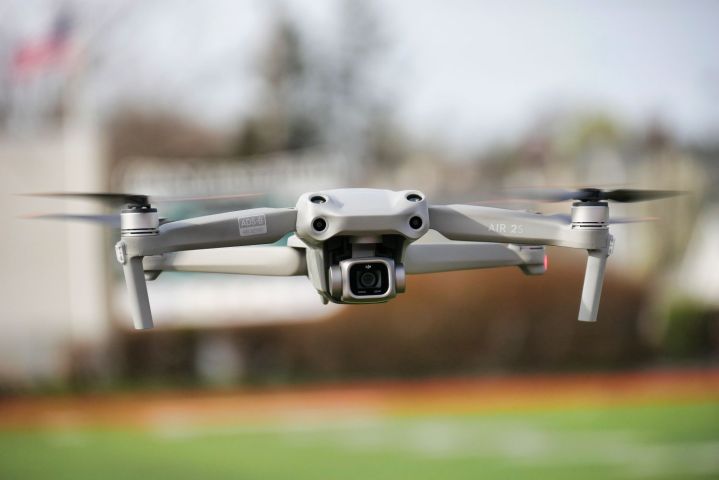
The main draw of the DJI Air 2s is its 20-megapixel 1-inch image sensor, which allows the drone to take 5.4K/30fps and
DJI FPV — $900, was $1,000

For a different and exhilarating way of flying your drone, check out the DJI FPV. It comes with the DJI FPV Goggles V2, which lets you look through the lens of the DJI FPV and pilot it in first-person view. The ultra-wide 150-degree field of view gives you a good look of what’s ahead of the drone, while HD video transmission at up to 120fps provides a smooth real-time view of your flight. The DJI FPV offers three modes — S mode for flying manually with simplified controls, N mode for traditional flight controls with safety features, and M Mode for complete control and customizable parameters. As a safety net, the DJI FPV comes with an emergency brake and hover button that once pressed will make the drone stop and hover, no matter the flight mode and its speed.
How to choose a drone
The right drone for you depends on what you are looking to do. A drone — especially those that are under $250 or so — will offer the fewest features and may lack some functionality that might not make it the best solution for you.
Generally (and this is not a hard and fast rule), a drone typically features 720p video and a relatively low frame rate, usually 30 frames per second. While for most of us this will be fine, the video will lack that cinematic smoothness. Stepping up to a midrange drone (typically in the $250 to $750 range) gets you 1080p video and often at 60fps, which results in higher-quality video.
Most modern higher-end drones offer 4K video, but you’ll likely need to spend north of $1,000 to get
A drone will also lack other useful features, including tracking capabilities, and video and drone stabilization. In ideal flying conditions, this won’t be an issue. But you’ll want these features if you plan to fly in a variety of conditions or allow it to operate without a great deal of user input.
We’ve also noticed many cheaper drones either lack obstacle avoidance or aren’t as good as more expensive drones. If you’re flying in wide-open spaces, you won’t have much of an issue here. But if you plan to fly in areas with obstacles nearby, you’ll want to ensure the drone you select has sufficient obstacle avoidance capabilities.
Do drones make noise?
All drones will make some noise. Most describe it as a buzzing sound, kind of like a bee. The propellers are spinning at an extremely high speed, and this is what causes that noise. It’s most noticeable when you’re closest to the drone, but you’ll barely hear it if at all once it is higher in the air.
Can you fly a drone at night?
Most drones can be flown at night, although we wouldn’t recommend doing so until you’ve had a good deal of experience. We recommend keeping your drone within eyesight when flying at night — and drones that can operate at night include lights so that they can be seen during night flying.
Do remember that most drones do not have night vision capabilities, so the video that you take during night flying will only be illuminated by any ambient lighting available, such as moonlight, street lighting, and so forth.
Can you fly a drone in the rain?
Most drone manufacturers recommend against flying your drone in the rain. Most drones are neither waterproof nor water-resistant, so even small amounts of water could do damage to your drone, especially to the motor and battery. The moisture causes a short circuit, which will cause your drone to stop functioning with little or no warning. Thus as a general rule, do not fly your drone in the rain, fog, or excessively humid conditions.
If you’re caught in these conditions, land as soon as possible and get your drone somewhere dry, disconnect the battery, and allow it to dry. You may also want to shake the drone itself gently to get water out of the interior housing and let that dry as well. Use similar techniques to drying out a wet phone to dry out your drone, and the first time you fly it afterward, take some time to test out the drone at a low altitude before flying it normally again.
Do drones have to be registered?
The Federal Aviation Administration requires that you register your drone based on how you plan to fly it and mark your drone with your given registration number. Any drone weighing more than 0.55 pounds (250 grams) and less than 55 pounds must be registered, which covers just about every drone currently sold on the market. This registration must be renewed every three years.
You must also carry proof of registration at all times when flying, and are prohibited from flying for commercial purposes under the terms of the license. Drone flight is only permitted below 400 feet in altitude and Class “G” or uncontrolled airspace. It is your responsibility to follow these rules.
Some states require drone pilots to follow additional regulations, so be sure to check the laws of the state you are flying in before you take off.
Do you need a license to fly a drone?
At this time, there is no license required for recreational or hobbyist drone pilots. However, flying for commercial purposes may require additional certifications.
Editors’ Recommendations

